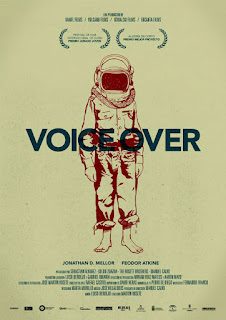SCRIPT TO SCREEN: Fast and Furious 6
Fast and Furious 6 | Justin Lin | 2013 | USA | Format: 35mm | 130 min Fast and Furious 6 had a monster weekend in terms of box-office but more importantly fans and critics lauded the film for its high-octane humor and its well-directed action sequences. Director Justin Lin's efforts paid off in a big way and his storyboard artist, Anthony Liberatore , played a crucial role in helping Lin visualize the crucial action sequences and sight gags. Recently, Storyboards Inc. interviewed Liberatore on his work with Lin and included storyboards from the infamous tank scene. In the interview, Anthony talks about what it takes to be a storyboard artist, his work methods and process, the importance of developing a shorthand rapport between the storyboard artist and the director. Below are excerpts of the interview discussing the visualization of the movie, some of Lin's storyboards and the related video of the chase sequence to compare and contrast. I have added






